
Of all the concepts and themes discussed, the Big Bang is the most controversial concept. Of course, this is a rather old scientific theory that has been present since the 1940s, and since the 1960s there has been a wealth of evidence in its favor. The idea is simple: the universe had a beginning. She had a birthday. There was a day that did not have “yesterday”, when matter, radiation, and the expanding, cooling Universe, known to us, did not exist until a certain point in time. And yet we are here. What causes a flurry of questions from any inquiring mind. One of our readers just has such a mind, and he wants to know:
Are there any theories or experiments that can calculate and prove our position in space relative to the Big Bang point? I think that since, from the standpoint of the location of our planet, our possibilities of observation are very limited, it will be difficult to determine the curvature of space. Why do we think that the Big Bang occurred at some point in three-dimensional space? Why do we think that the Universe is a sphere?
These are very good questions, and they all demonstrate the common perception of people about the Universe. But are these ideas true?
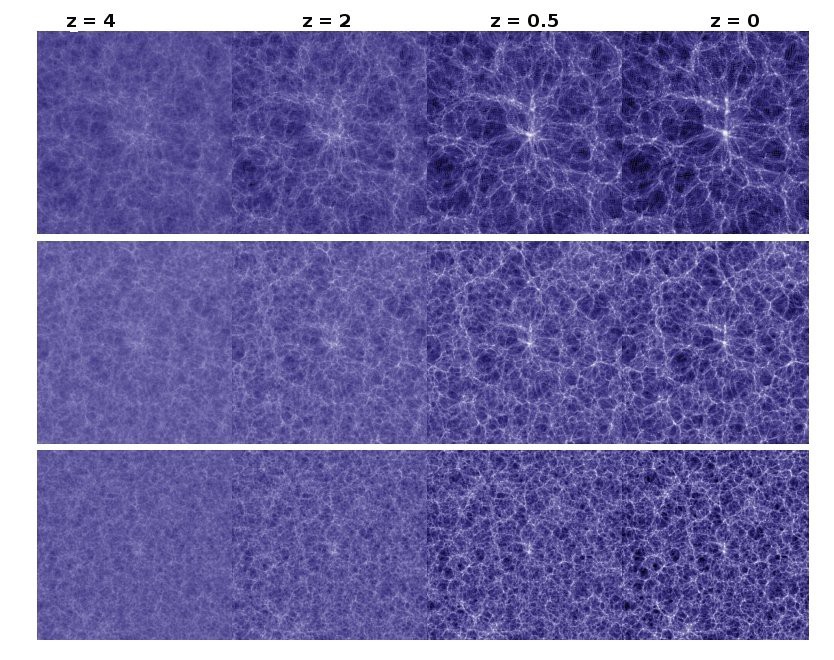 The evolution of large-scale structures of the universe
The evolution of large-scale structures of the universeWe often believe that the Big Bang was a real explosion. And the Universe really looked like a huge, energetic and expanding fireball at its earliest stages.
• It was filled with particles and antiparticles of various types, as well as radiation.
• All this expanded and all particles, antiparticles and radiation quanta were moving away from each other.
• It all cooled and slowed down as it expanded.
It really sounds like an explosion. In fact, if you could go back to those first moments and were somehow protected from all this energy, there would even be a sound that you can hear thanks to the following video.
But it’s not for nothing that I use the word “expansion” instead of “explosion”, describing this phenomenon. An explosion is what happens at one point in space, from which fragments fly. Supernova is an explosion; a gamma ray burst is an explosion; bomb detonation is an explosion; grenade firing is an explosion.
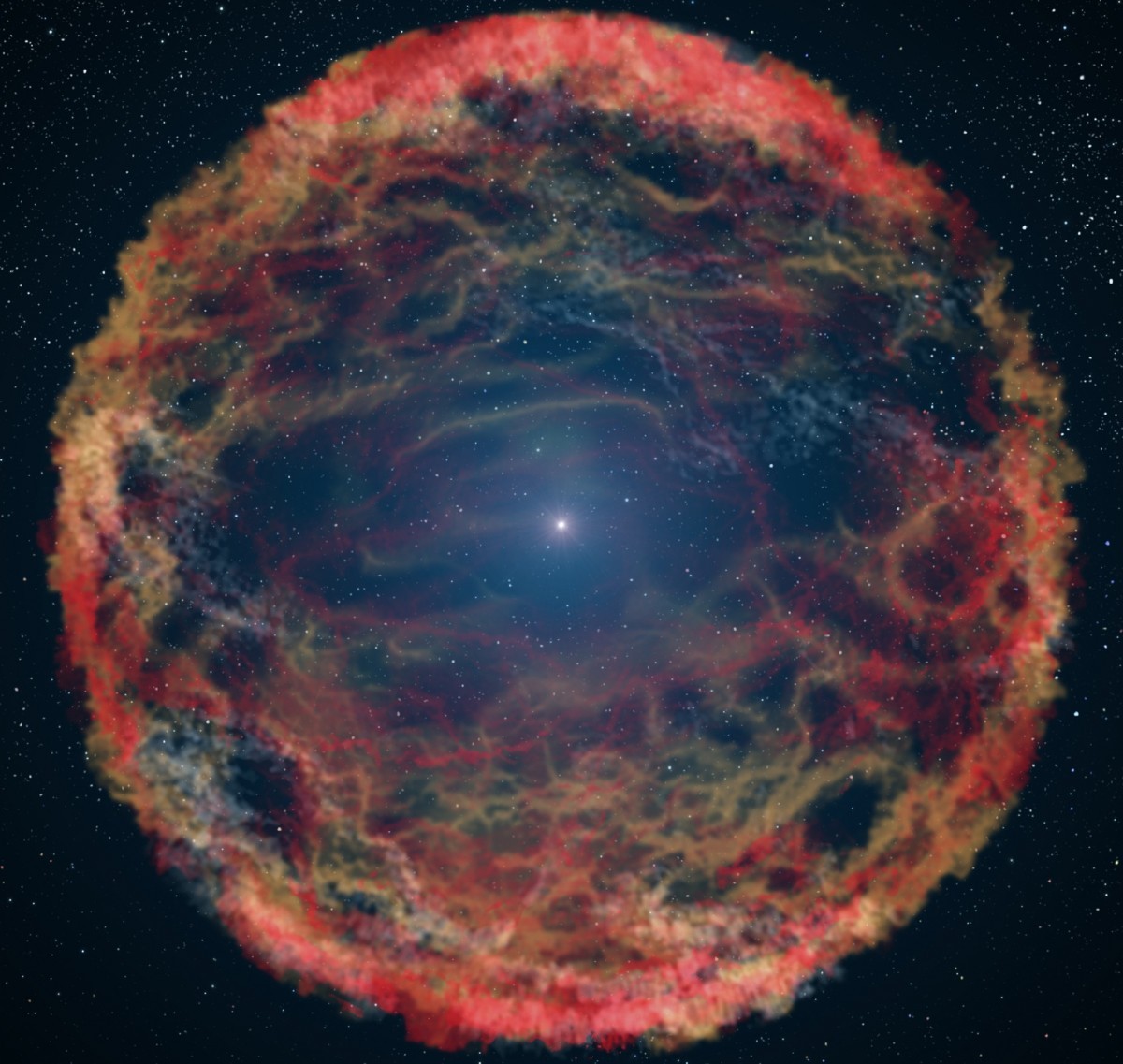 The artist’s view of the 1993J supernova explosion in the galaxy M81
The artist’s view of the 1993J supernova explosion in the galaxy M81But the Big Bang is not an explosion [in English: The Big Bang, Big Bang, literally means “Big Cotton” - approx. trans.]. Speaking of the “hot Big Bang”, we have in mind the very first moment in which the Universe can be described as a state containing particles, antiparticles and radiation. From that moment on, the Universe began to expand and cool according to the laws of the General Theory of Relativity, and we chose to destroy antimatter, form atomic nuclei and neutral atoms, and as a result stars, galaxies and large-scale structures visible today. The key to the first question is to understand exactly what the Universe was doing at this moment: at the moment that we can describe for the first time, relying on this hot big bang platform.
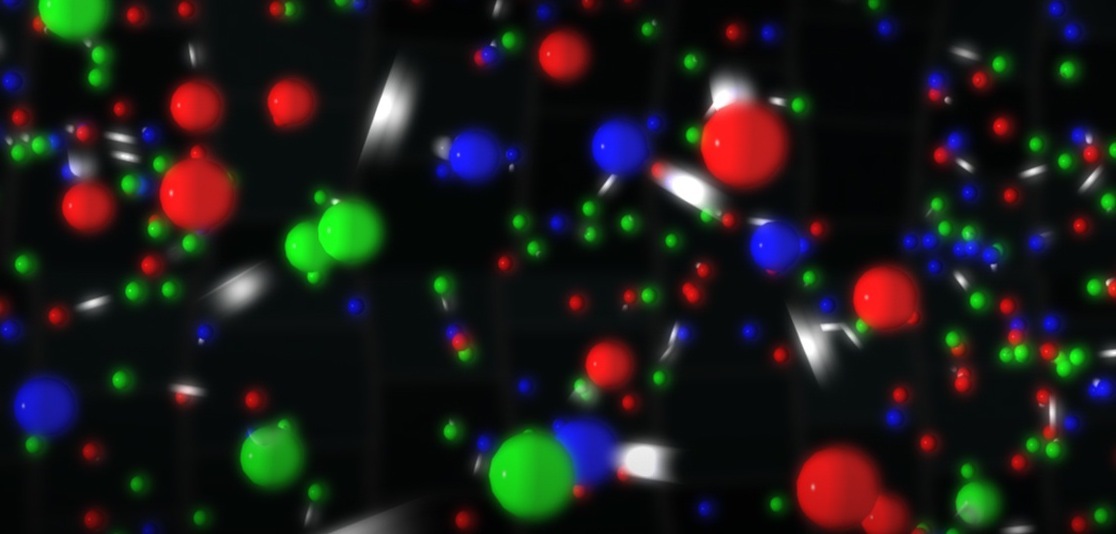
As far as we know, there was no particular starting point. There was no "source" from which the universe began. All evidence speaks of a counterintuitive, but no less true conclusion from this: the Big Bang happened everywhere at the same time. Evidence abound, and gives them to us the universe itself. Judging by large-scale structures, clusters of galaxies, the appearance of the afterglow of the Big Bang, the average density of sections of space more than several hundred million light-years, etc., the universe gives us two important observable facts. Its properties are the same everywhere, and it looks the same in all directions. Physically speaking, the universe is homogeneous and isotropic.
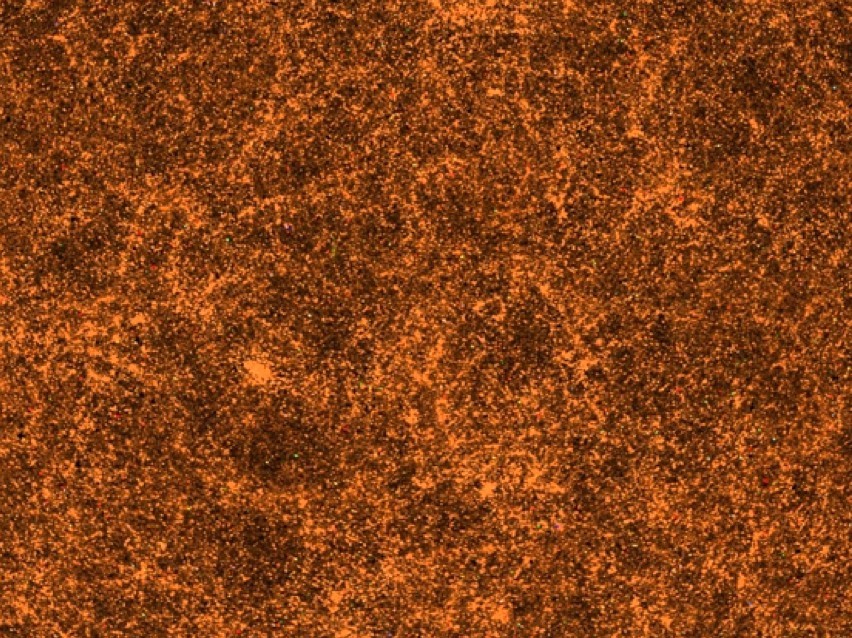
Such characteristics of the universe can not be obtained with the help of an explosion - and the point. With the explosion, the fastest moving fragments are the most distant, but also the most scattered in space. The greater the distance, the less there should have been galaxies per unit volume - but this is not so in the Universe. In the case of an explosion, one could explicitly indicate its starting point. The universe works in such a way that this point would be just a few million light years from the Milky Way, on the border of a local group. Statistically, the chances of having such a point, given the presence in the Universe of more than 170 billion galaxies, are 100 times worse than winning a Powerball or Mega Millions lottery.
The fact that the Universe is homogeneous and isotropic suggests that the Big Bang happened at one moment, approximately 13.8 billion years ago, and is the same in all places. But we cannot see it in all places. We only see him where we are. Our review is limited. Therefore, you can often find similar illustrations: how our Universe is seen from our point of view, with us in the center.
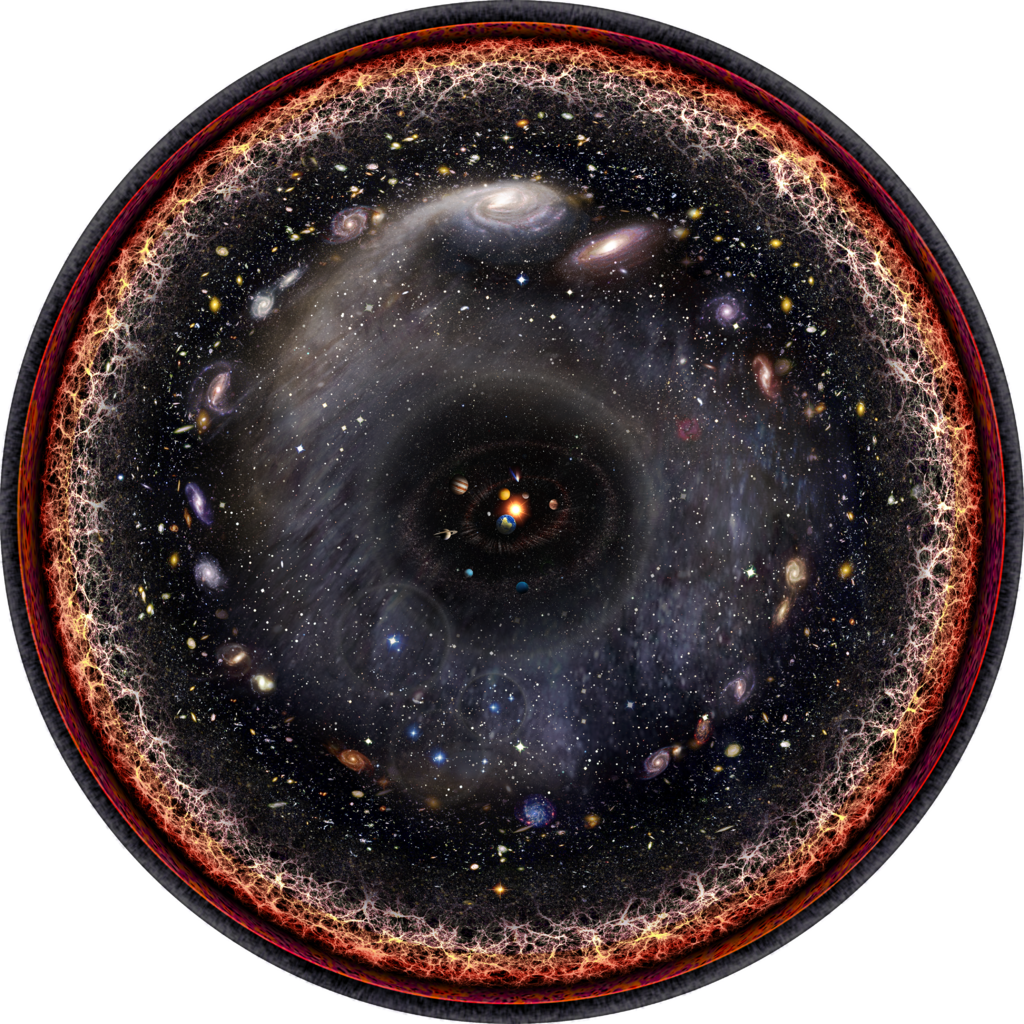 Artist's presentation of the observable universe on a logarithmic scale
Artist's presentation of the observable universe on a logarithmic scaleBut this does not mean that the Universe is a sphere! We, in fact, can measure the shape of the universe, and impose some restrictions on it. If you go outside and send two of your friends in two different directions so that you can see each other, the three of you will form a triangle. Each of you can measure the apparent angle between the other two. After that you can add these angles and you will get 180º - this is exactly the sum of the angles of the triangle.
Any triangle in flat space.
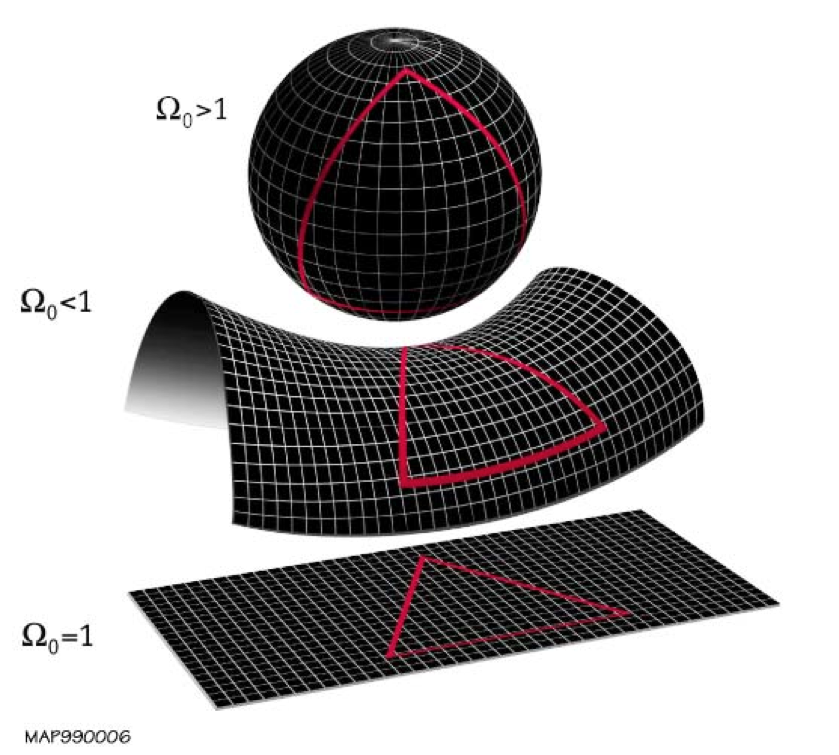
But the space does not have to be flat! It may have a negative curvature, like the surface of a saddle, when the sum of the angles is less than 180º. It can be bent positively, like the surface of a sphere, when the sum of the angles is more than 180º. If you stand at the equator in South America, one of your friends will stand at the equator in Africa, and the second at the North Pole, you will find that the angle difference will be big. The sum of the angles will be closer to 270º than to 180º. We have no friends in space, but we have something no worse: fluctuations of background radiation. Depending on the curvature of the space, they should look completely different.
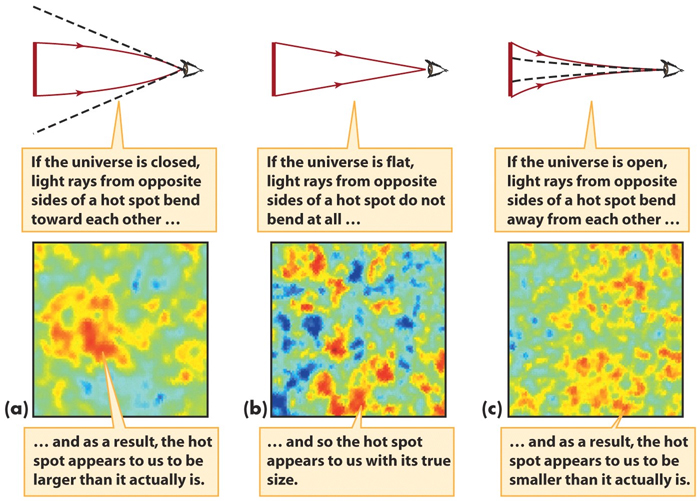
We made observations, and found something amazing: the Universe, as far as we can judge, is flat. Very, very flat. The latest data from the Planck and Sloan Digital Sky Survey experiments show that if the Universe is twisted - positively or negatively - then this is noticeable on a scale of at least 400 more than the part of the Universe we observe. And we can see its part with a diameter of 92 billion light years.
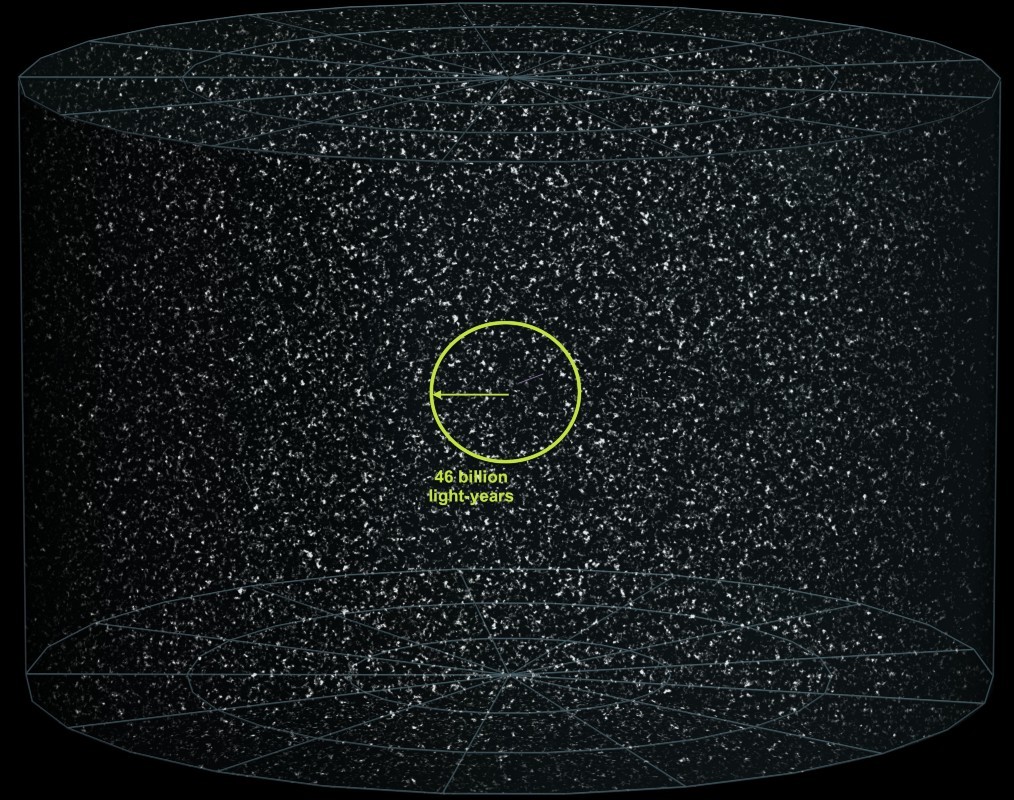
So, the Big Bang happened everywhere at the same time, 13.8 billion years ago, and our Universe is spatially flat according to our best measurements. The Big Bang did not occur at any point, and we can judge this by the extreme isotropy and homogeneity of the Universe. These properties are so accurate that when we stumble on heterogeneity with a deviation of 0.01% from the average value, we already believe that something is wrong. So, if you claim that the Big Bang happened exactly where you are, and you are standing right in the center of everything that happens, no one will object to you. Just everything and everyone in the whole universe can say the same about themselves.